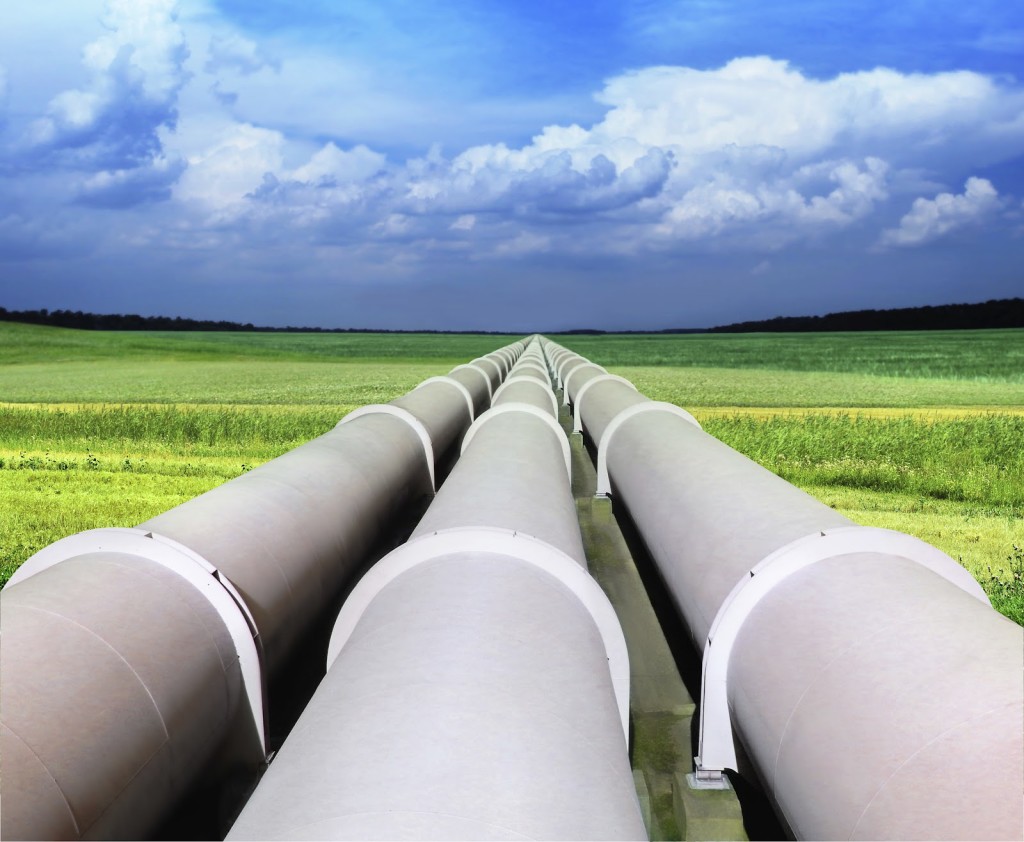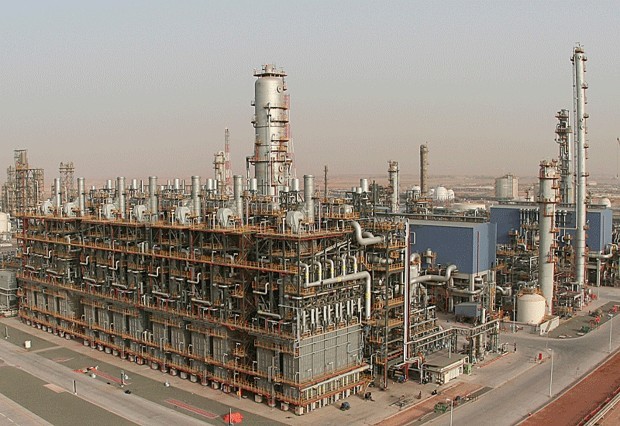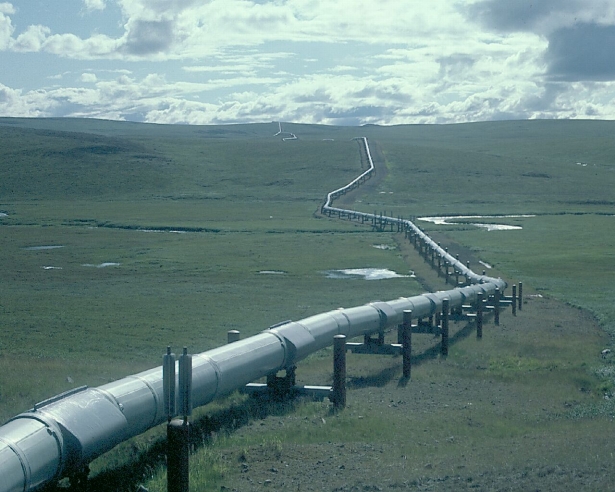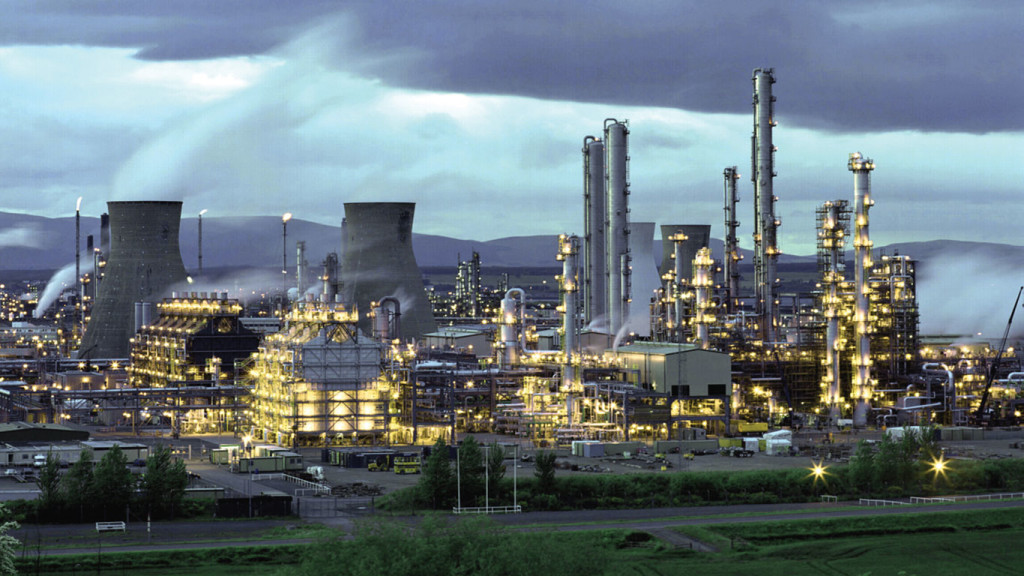OPEC met over the weekend to discuss freezing oil production at January levels. Predictably, the talks failed. Iran was never going to agree to freeze production. For them, every barrel of increased production is money they didn’t have when sanctions were in place, and they need the money. When Saudi Arabia announced that Iran’s participation was necessary, utter failure was clear. That was Saudi Arabia’s intent all along. They don’t want high prices yet. They want to drive more high-price producers out of the market.
With that said, here are (some of) the articles we’ve read over the last month that give a good overview of what’s going on in the world and in the Marcellus/Utica region. Enjoy!
Our opinion is that oil prices are unlikely to get much above $50/bbl any time soon unless American producers have let too many skilled workers go and won’t be able to ramp up production quickly when prices hit $50/bbl. This Forbes article says that Saudi Arabia won’t let oil prices get much above $40/bbl because they want to keep American producers from having that option.
American natural gas production reached an all-time high in February. That’s odd, because everyone has been saying that production has been declining for months. Apparently the northeast has not been declining, but has been increasing. Other areas are either flat or down a bit. Additionally, the weather was warmer than usual meaning gas wells didn’t freeze over like they usually do. That means there was greater than expected production. All together it added up to record production. One of these days we’re going to see gas production start to drop a lot, but today is not that day.
This article at the Washington Times says that oil will recover to $75/bbl by 2020. We find that hard to believe. By the time oil hits $50/bbl American frackers are going to be warming up the equipment and getting the band back together. The only reason oil will hit $75/bbl will be if the frackers simply can’t get the band back together, having to retrain everybody.
Harvard Business Review makes the case for oil prices remaining near the $50/bbl threshold for the foreseeable future. We find it interesting the most everybody is saying that $50/bbl is the likely soft cap on oil prices. When everyone agrees about something it’s neither because the data is totally conclusive, or there’s some group-think occurring. As data regarding oil and gas prices is never conclusive, we’re going with group-think.
The natural gas liquefaction plant in Cove Point, Maryland is on schedule to open in late 2017.
Here’s a guy saying that the $40/bbl rally is based almost entirely on financial influences, the Fed weakening the dollar being the culprit. He’s saying that the market is imbalanced and there isn’t anything changing that, so there’s no reason for oil to bump up to $40/bbl. Hey may be right, but $40/bbl for oil seems to be a pretty reasonable price, and maybe markets will just stay there. And maybe pigs will fly.
We think pretty much everybody completely expected this, but now Saudi Arabia is saying that they won’t freeze their oil output unless Iran agrees to do so as well. Iran is not going to. It’s just not. Predictably, oil prices have dropped. Natural gas prices have barely moved, though, so we’ve got that going for us. Also, it looks like April is going to be cold, not just unseasonably cool, so maybe we’ll chew up some of our stored gas a little later in the year than usual.
With the beginning of injection season, this article at the Wall Street Journal (behind a paywall) shows just where we are with gas storage. It says we may be out of gas storage by August. That will have, shall we say, interesting ramifications for the industry. It’s a good thing the Cheniere LNG plant has come online and begun exporting recently.
This article at Seeking Alpha says the we probably hit the lowest point for oil prices back in February. Zoltan Ban, the author, says the drilled but uncompleted (DUC) wells are not enough to stop any increase in price by a corresponding increase in production, but will “temper” it. The U.S. is going to have about 2 million barrels per day of decreased production this year. When you consider that total worldwide use is about 95 million barrels per day, and the Saudis only have at most 4 million barrels per day of surplus production they could bring online, it puts the numbers in perspective. Next year could be a crazy year for oil prices.
Schlumberger (pronounced sh-LUM-ber-jay) is the largest provider of services to the oil and gas industry. You’ll see their trucks lumbering around anywhere there is an oil and gas play. They’re big. Their CEO gave a presentation in which he said that the efficiency gains that all the oil and gas producers have used to cut costs of drilling and completing wells are not permanent. In other words, Schlumberger is going to start raising their prices the second the price of oil goes up and drilling activity picks up. What goes around comes around. Schlumberger has been playing ball with the producers while prices are down, but the producers are going to have to play ball with service providers when prices go up. The result will be a slowing of new development when oil prices start to rise, so oil prices will have to rise farther before producers start to drill. The farther oil prices rise without new development, the more likely it is that the glut of oil will turn into a dearth of oil and really drive prices up. Ouch. Not good.
This article at Seeking Alpha is predicting natural gas at $2.90 per MCF by the end of this year, and at an average of $3.20 per MCF in 2017. The article suggests that we’ve reached the bottom for natural gas because production is dropping off and we’re going to have a hot summer, and we’re going to have added exporting of LNG. We’ll be a little surprised if prices hit $2.90 per MCF, and a little surprised if production drops off as much as the article suggests, but we do expect gas to start to go up toward the end of this year or the beginning of 2017. Note: the comment section is just as interesting as the article.
The EIA’s monthly report shows that the Marcellus and Utica plays are slowing down, with production nearly flat. The prediction for May is that production will be flat. This is probably the beginning of the end of the gas surplus.
Saudi Arabia, Kuwait, and UAE are all making plans to increase production. The article posits that Saudi Arabia is really only doing so to keep their market share, and the projected numbers bear that out. Kuwait and UAE are a little more than that, though.





